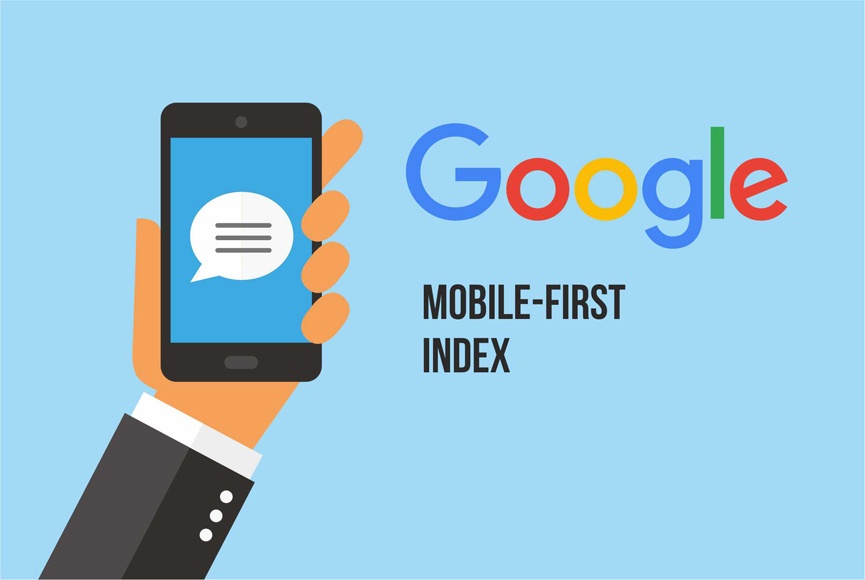In today’s digital landscape, mobile-first indexing has become one of the most crucial elements for improving SEO performance. With the increasing number of mobile users globally, search engines like Google have shifted their focus towards optimizing mobile experiences to ensure that websites provide seamless access for users on smaller screens. In this article, we will explore the importance of mobile-first indexing in SEO, how it impacts your website’s search ranking, and tips for optimizing your website for this new paradigm.
1. What is Mobile-First Indexing?
Mobile-first indexing means that Google predominantly uses the mobile version of your website for indexing and ranking. Historically, the desktop version was prioritized for indexing; however, due to the rapid growth of mobile users, Google now assumes that the mobile version of a website is the primary version and uses it to evaluate its relevance and ranking on search engine result pages (SERPs).
In simple terms, if your site performs poorly on mobile, its overall SEO could suffer, even if your desktop site is well-optimized.
2. Why Did Google Shift to Mobile-First Indexing?
Google’s decision to switch to mobile-first indexing stems from a fundamental change in user behavior. Over the last decade, mobile internet usage has surpassed desktop usage. People now rely more on their smartphones for web browsing, shopping, and searching for information. In response to this trend, Google adapted to provide a better user experience by giving higher rankings to websites that are optimized for mobile devices.
3. Mobile-First Indexing and Its Impact on SEO
The shift to mobile-first indexing brings several implications for SEO:
- Website Rankings: Websites that are optimized for mobile-first indexing tend to rank higher. This is because a mobile-friendly site ensures smoother navigation, faster load times, and responsive design, all of which contribute to better user experience (UX).
- Content Display: For mobile-first indexing, Google will crawl your site as a mobile user. If important content is hidden or difficult to access on the mobile version, it might negatively impact your SEO performance.
- Page Speed: Mobile-first indexing places a significant emphasis on site speed. Since mobile users often have less powerful hardware and slower internet connections than desktop users, faster load times are critical. A sluggish mobile site can result in higher bounce rates and lower rankings.
4. How to Optimize for Mobile-First Indexing
To reap the benefits of mobile-first indexing, your website must be optimized for mobile users. Here are a few steps to ensure you stay ahead of the curve:
4.1. Implement a Responsive Design
A responsive website design adapts to the screen size of the device, ensuring a seamless experience on both mobile and desktop devices. Using responsive design ensures that the mobile version of your site is identical to the desktop version, eliminating inconsistencies and improving the overall experience.
4.2. Prioritize Mobile Site Speed
Mobile users expect fast-loading pages, and site speed plays a critical role in both user experience and SEO. Tools like Google PageSpeed Insights can help identify areas for improvement, such as image compression, server response times, and eliminating render-blocking resources.
4.3. Optimize Content for Mobile
When optimizing for mobile-first indexing, make sure your content is legible and accessible on smaller screens. Use font sizes that are easy to read on mobile devices, avoid excessive use of pop-ups, and ensure that all media elements (such as images and videos) load properly.
4.4. Use Structured Data Markup
If your desktop site uses structured data, make sure the mobile version contains the same markup. This helps Google understand the context of your content better and improves your chances of appearing in rich snippets or other enhanced SERP features.
4.5. Ensure a Smooth Mobile UX
Your website should provide an intuitive mobile user experience (UX). This includes using clear navigation, easy-to-click buttons, and making sure that all interactive elements (like forms and menus) are functional on smaller screens.
5. Common Mistakes to Avoid in Mobile-First Indexing
5.1. Hiding Key Content
One common mistake is hiding important content on the mobile version to make the design cleaner. Google indexes and ranks content based on its mobile accessibility, so hiding key elements can hurt your rankings.
5.2. Using Separate Mobile and Desktop URLs
In the past, some sites had separate mobile and desktop URLs (m.example.com). Google now recommends using responsive design instead of separate URLs to avoid complications with mobile-first indexing.
5.3. Poor Mobile Navigation
Ensuring smooth navigation on mobile is crucial. Over-complicated menus or unclear navigation paths can frustrate mobile users, leading to higher bounce rates.
6. How to Check If Your Site is Mobile-First Indexed
Google has provided several tools to help webmasters and developers check the mobile-friendliness of their site:
- Google Search Console: This tool allows you to see whether your site is enabled for mobile-first indexing and provides insights on mobile usability issues.
- Mobile-Friendly Test: Google’s Mobile-Friendly Test tool allows you to check how easily a visitor can use your site on a mobile device.
7. The Future of SEO: Mobile-First is the New Normal
As mobile-first indexing becomes the standard, the importance of optimizing your website for mobile users cannot be overstated. Focusing on delivering a seamless, fast, and engaging mobile experience will help you rank higher in Google searches, increase organic traffic, and ultimately drive more conversions. Moreover, with advancements in mobile technologies such as 5G, the role of mobile-first strategies in SEO will only continue to grow.




